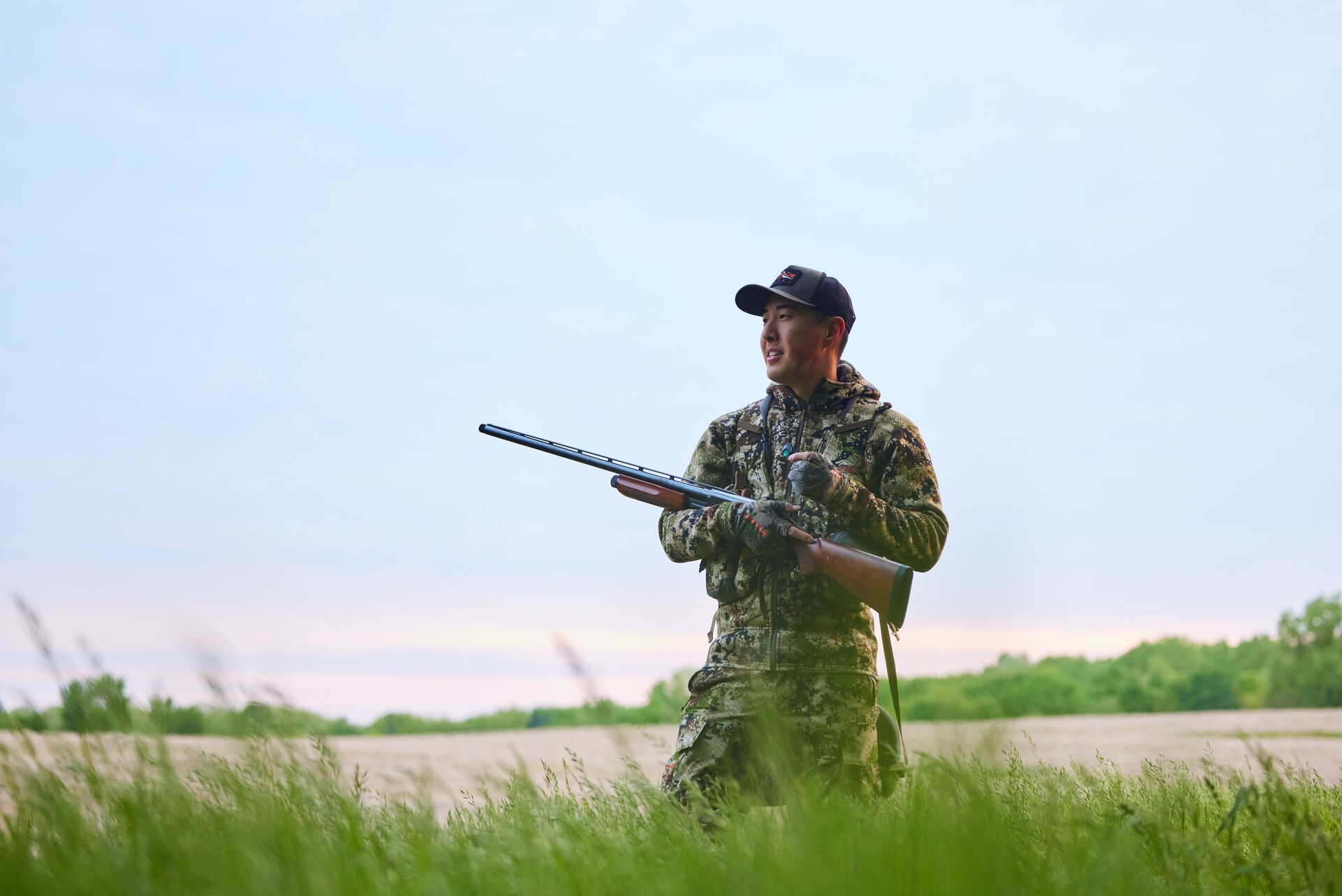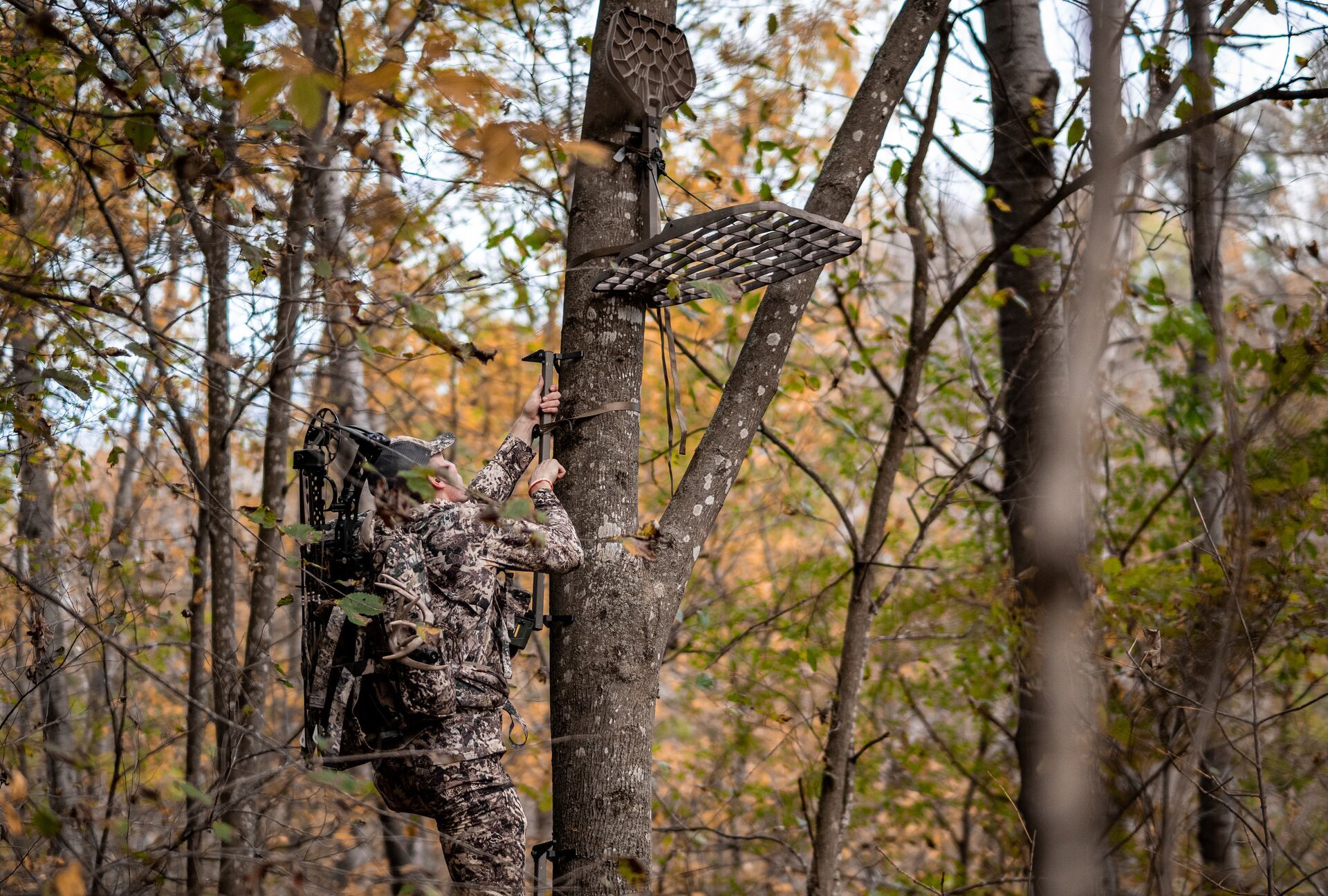Field Guide / Hunting Tips
9 Off-Season Tactics Every Deer Hunter Should Do
Any serious deer hunter understands that the season actually lasts 365 days a year. Yes, you read that right.
Previous in Hunting Tips
More Content Like This
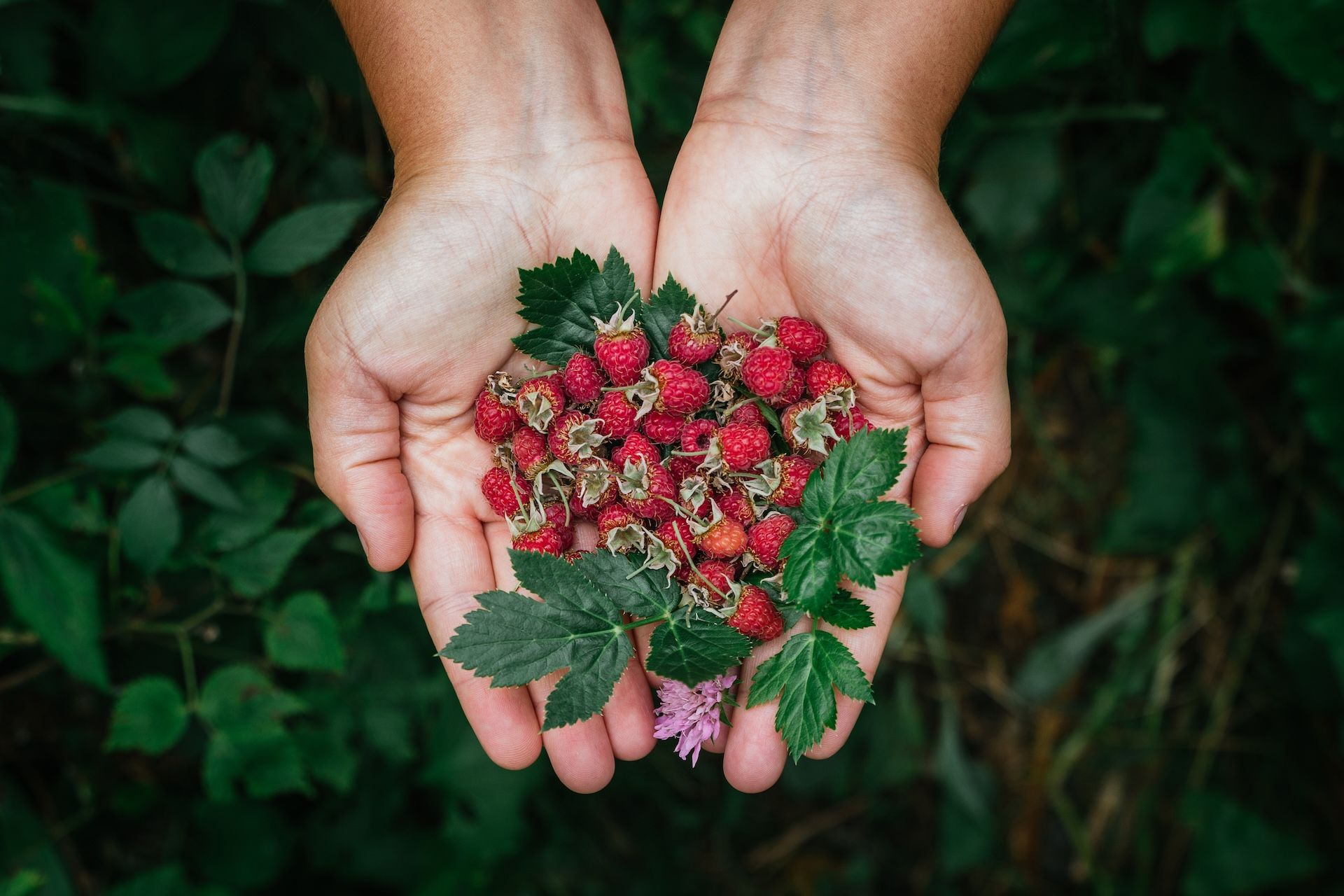
A Guide to Hunting and Foraging for Wild Edibles
With some research, practice, and mentoring from seasoned foragers, you can turn the wildness into your natural supermarket — including while you're hunting or scouting. Read More
Read MoreHow To Hunt, Clean, and Cook Your Own Thanksgiving Turkey
Nothing says "field to table," like harvesting your own Thanksgiving turkey. Not only is it a healthier and more economical way to feed your family this Thanksgiving, but it is also a lot more memorable than heading to your local Walmart and picking ...Read More
Read More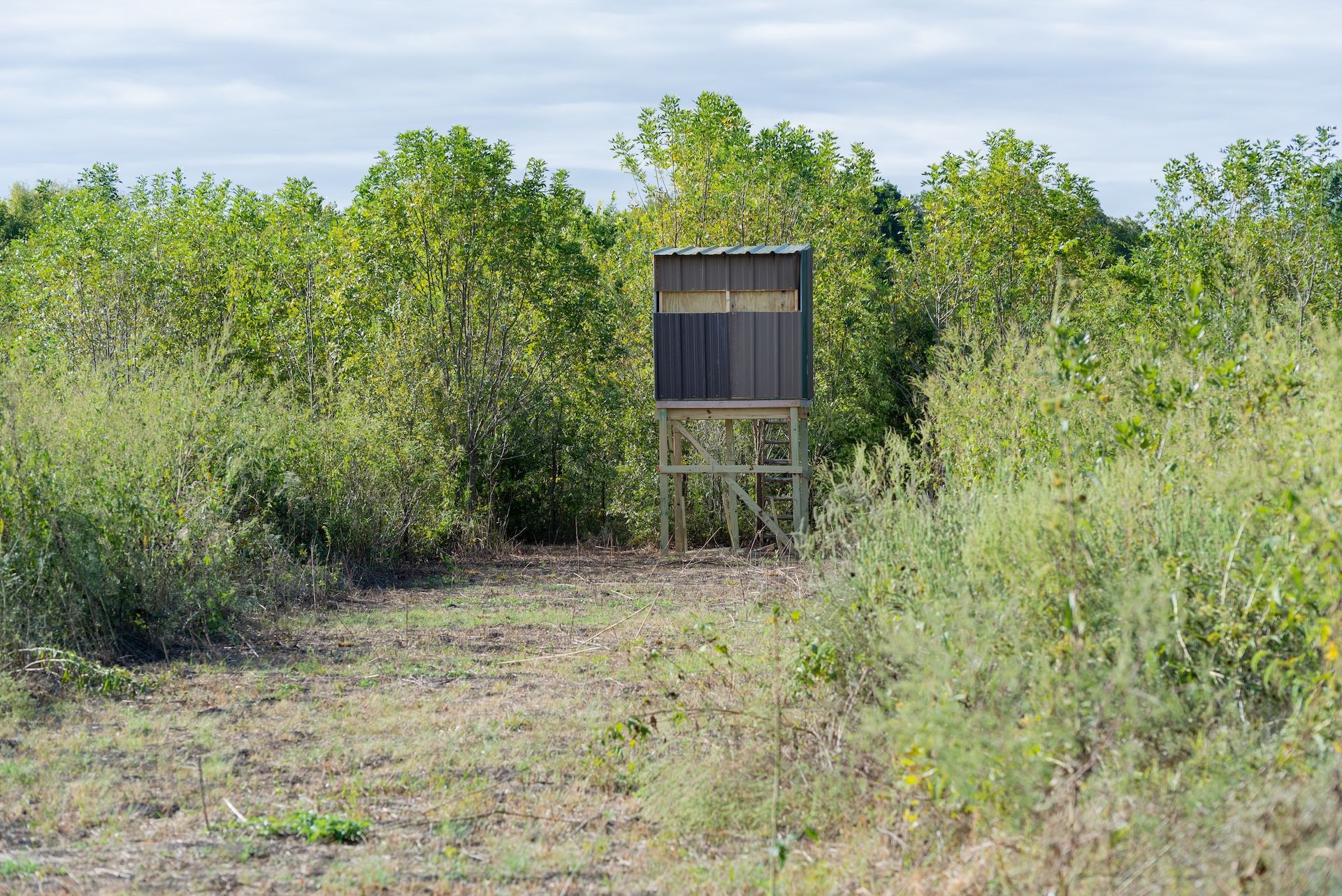
How to Build a Ground Blind for Turkey or Deer Hunts
A large part of what makes hunting such an exciting and dynamic sport is the preparation, strategy, problem-solving, and DIY opportunities that all go into a successful hunt. From the countless hours at the range to pouring over mapping and weather i...Read More
Read More Hunting Tips
Hunting TipsA Guide to Hunting and Foraging for Wild Edibles
With some research, practice, and mentoring from seasoned foragers, you can turn the wildness into your natural supermarket — including while you're hunting or scouting. Read More
Read More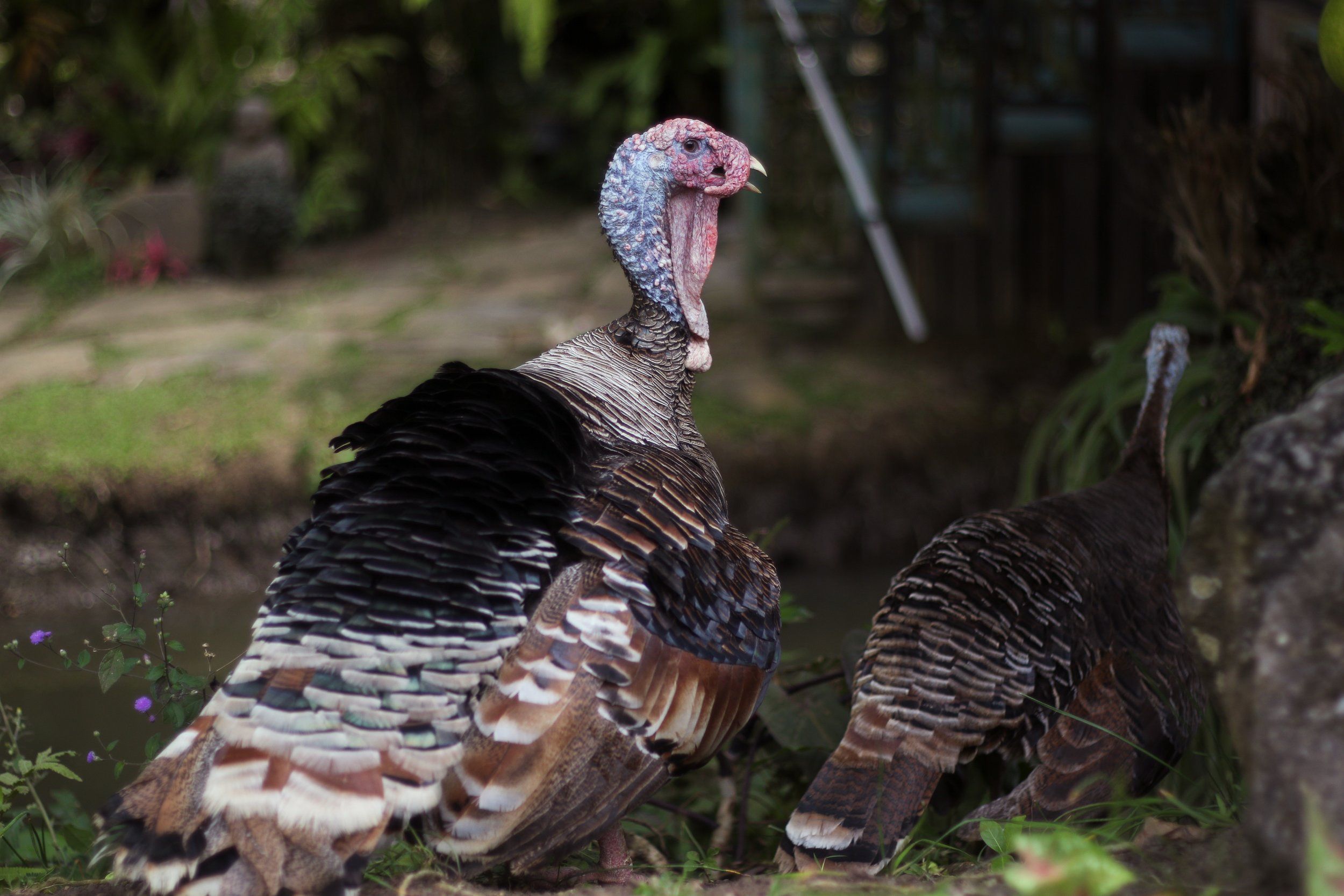 Hunting Tips
Hunting TipsHow To Hunt, Clean, and Cook Your Own Thanksgiving Turkey
Nothing says "field to table," like harvesting your own Thanksgiving turkey. Not only is it a healthier and more economical way to feed your family this Thanksgiving, but it is also a lot more memorable than heading to your local Walmart and picking ...Read More
Read More Hunting Tips
Hunting TipsHow to Build a Ground Blind for Turkey or Deer Hunts
A large part of what makes hunting such an exciting and dynamic sport is the preparation, strategy, problem-solving, and DIY opportunities that all go into a successful hunt. From the countless hours at the range to pouring over mapping and weather i...Read More
Read More
1 of 3
